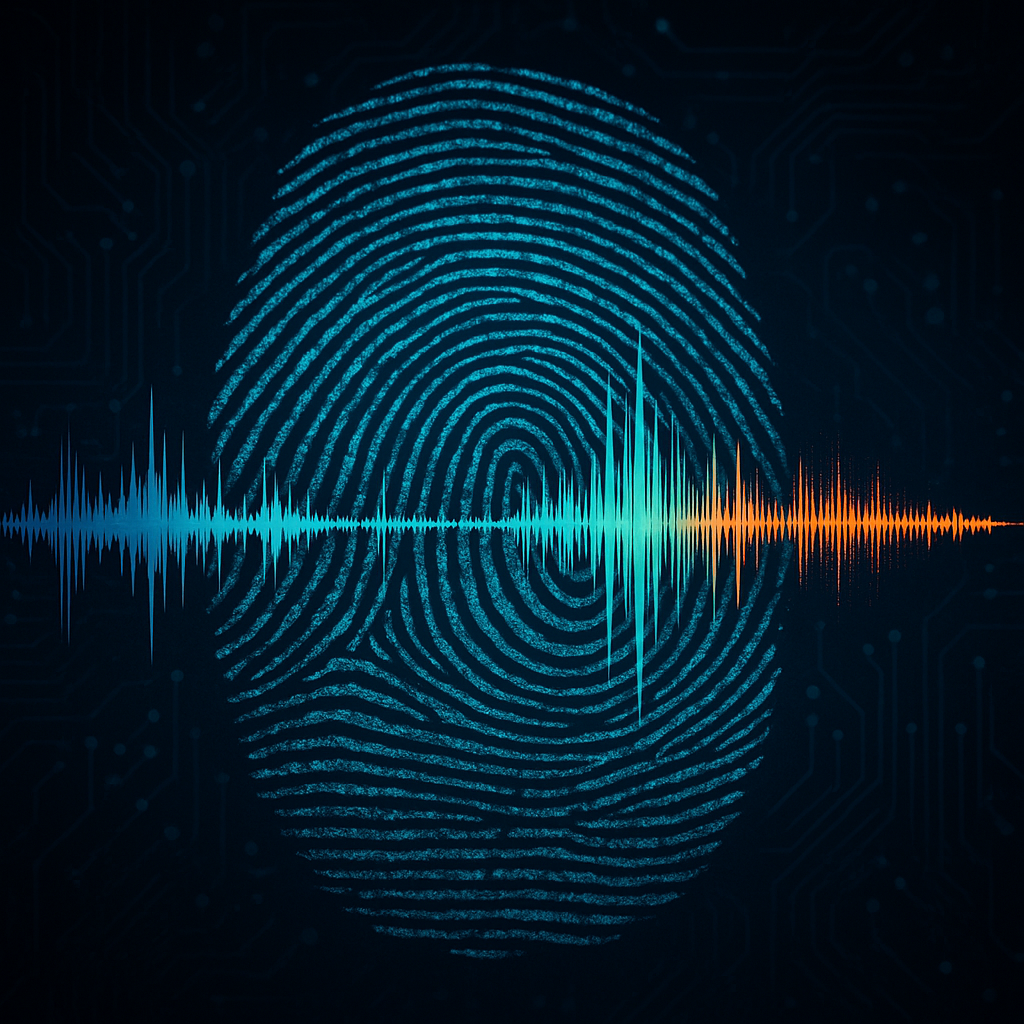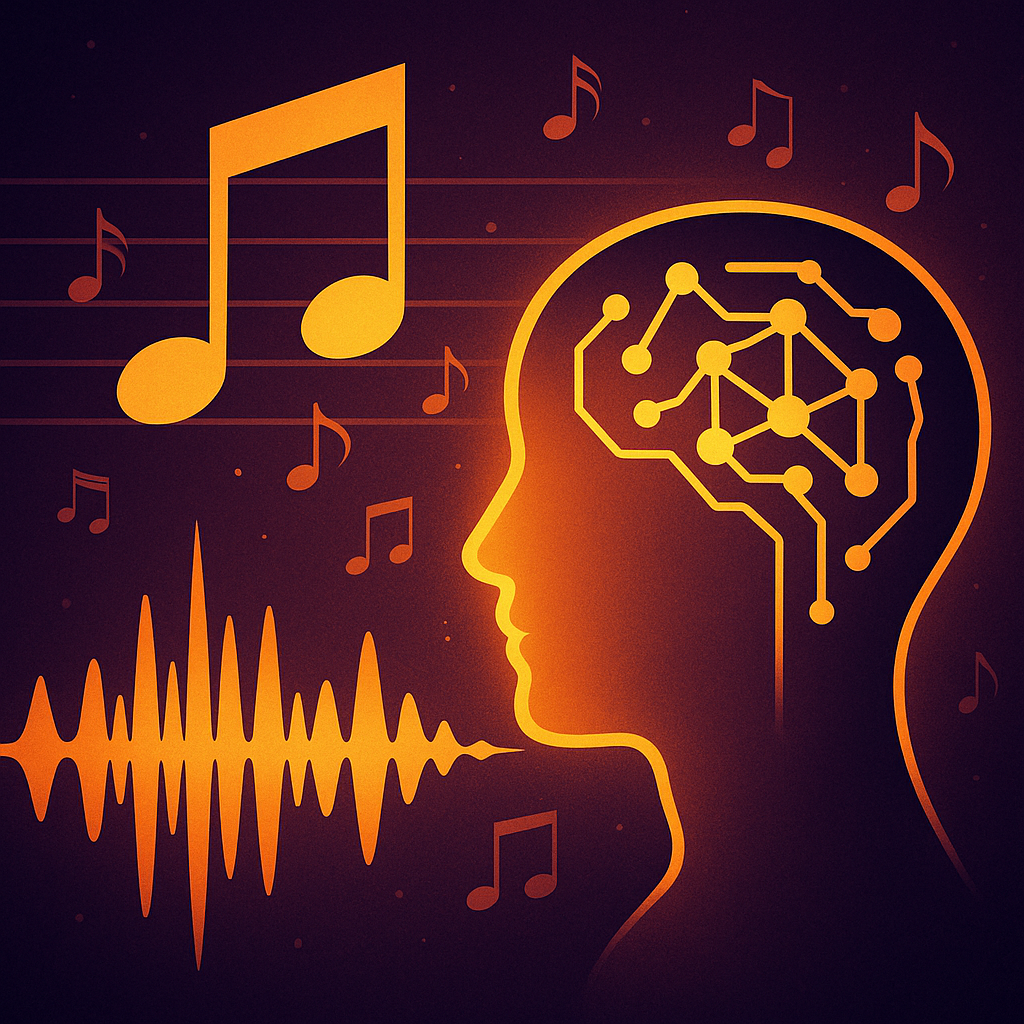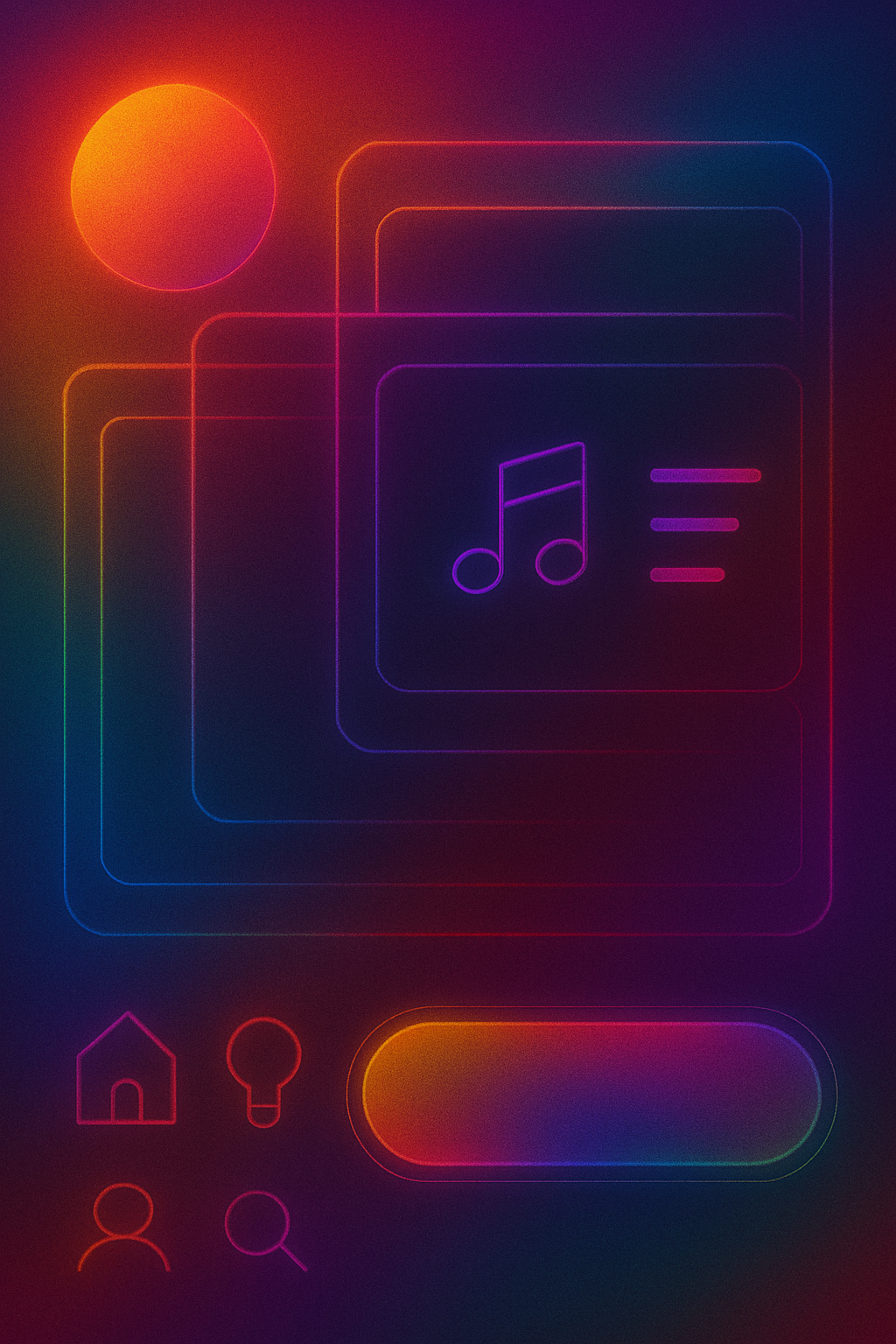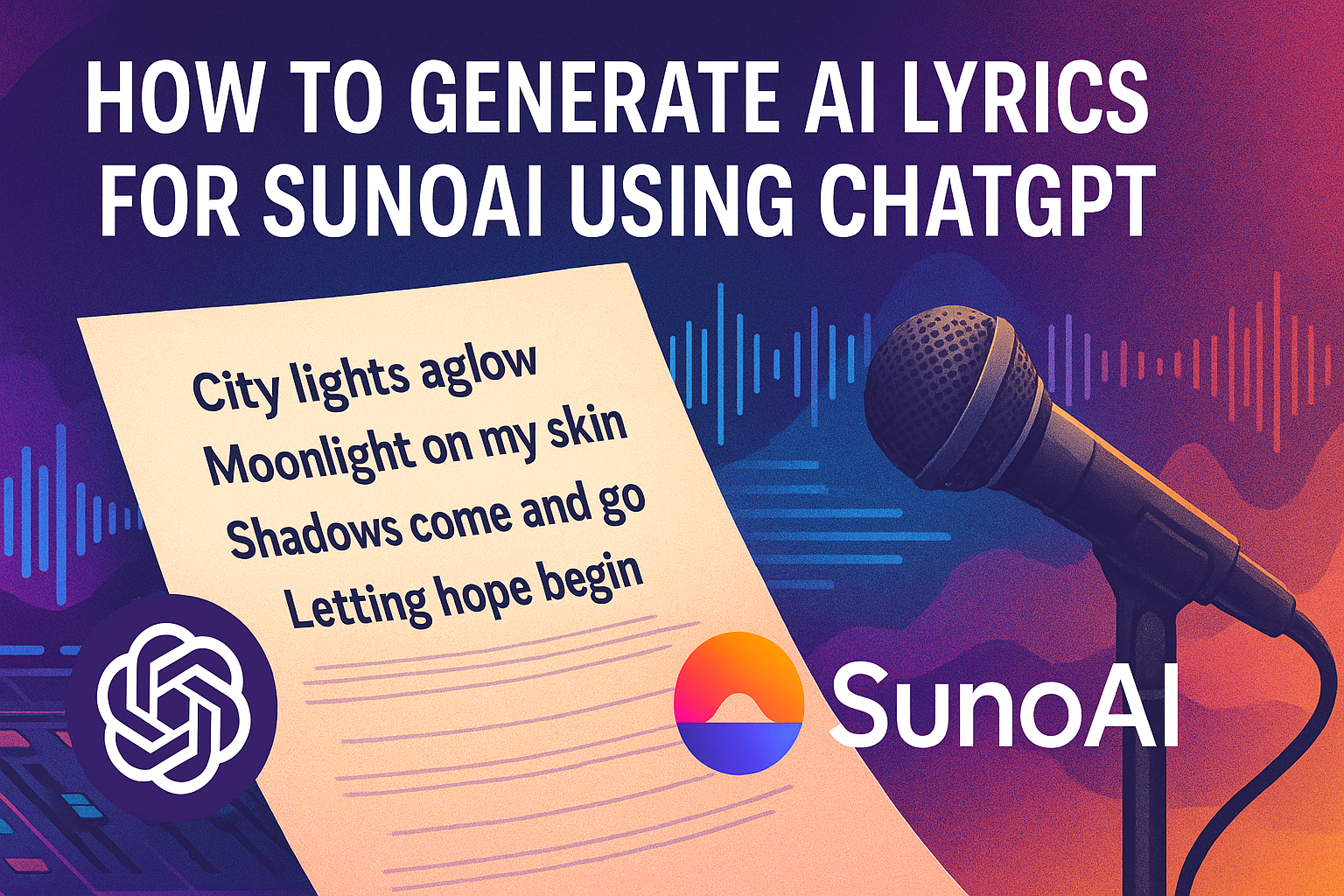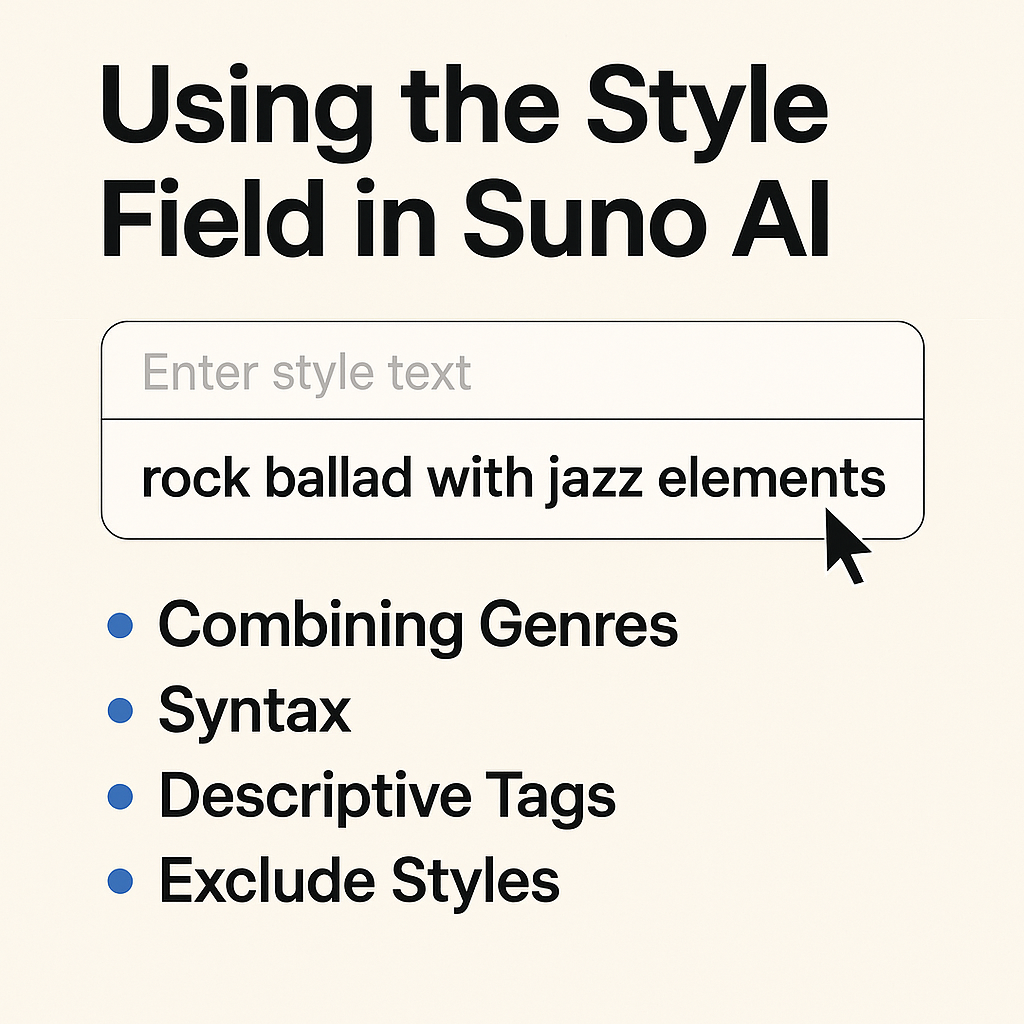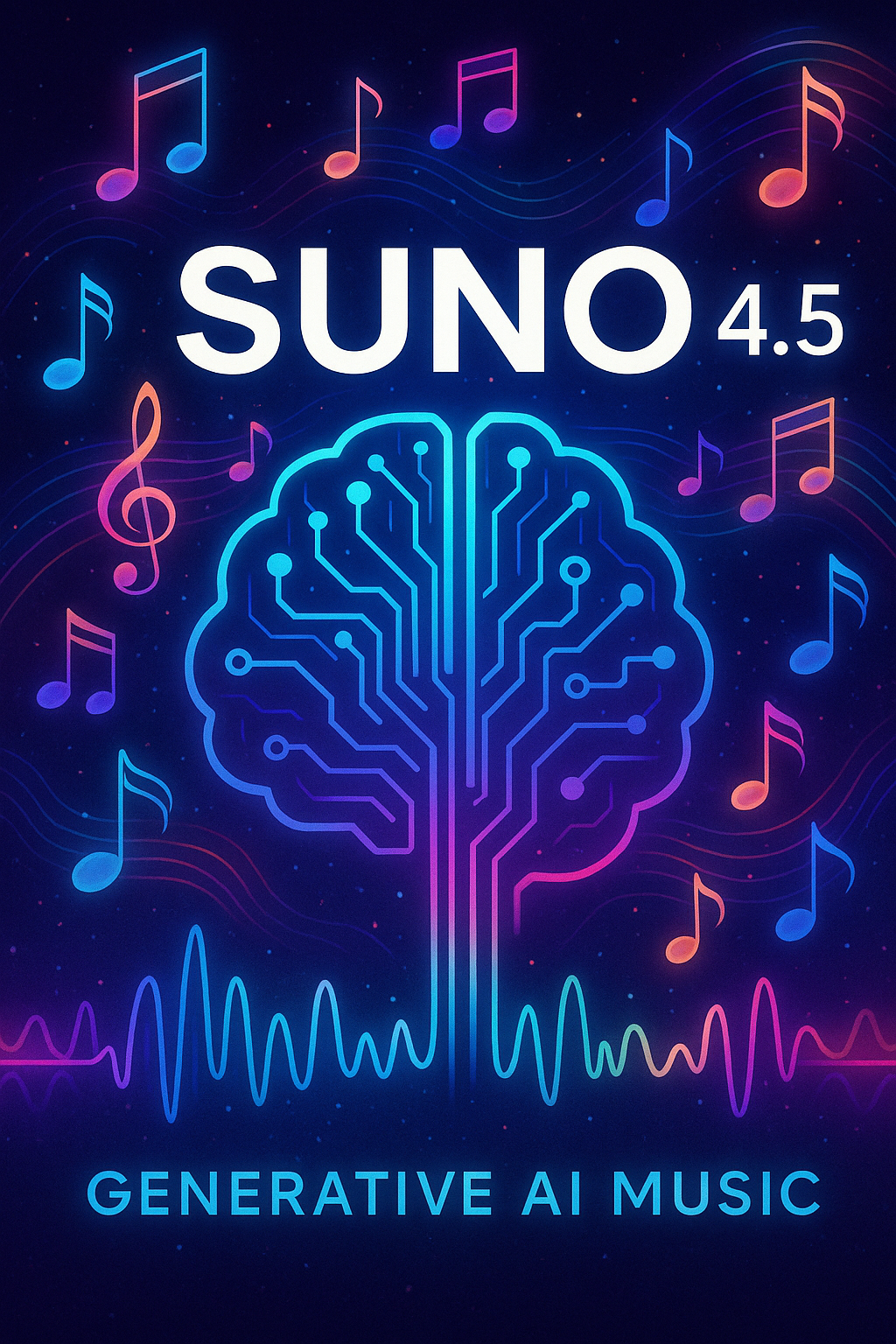Artificial‐intelligence tools—from stem separators to full-track generators—are redefining music creation. With Udio’s new partnership with Audible Magic, every track you generate or assist with on certain platforms will carry a digital fingerprint that follows it throughout the digital supply chain, triggering automated rights-management and disclosure rules. While this “content control pipeline” promises transparency, it can also erode artist privacy and control. Below are user-recommended tactics, each backed by industry data and concrete examples, to help you stay independent, protect your work, and retain audience trust.
At its core, “AI fingerprinting” in music is very much like the barcode on a retail product or the ISRC code that follows a digital track. When you use certain AI-powered tools—whether to generate a whole song or just to tweak a melody or clean up a recording—those platforms can embed a unique digital “watermark” or “fingerprint” into the audio file itself. Later, whenever that file circulates (on Spotify, Apple Music, social media, etc.), the fingerprint lets services and rights holders automatically recognize: “Ah—this came from Udio’s AI, not purely from a human creator.”
Once that fingerprint is embedded, you can’t remove it or decide who sees it. If you simply used an AI plugin to clean up a vocal take, your final master might still carry a flag marking it as “AI-created,” even though most of the work was yours. Any intermediary stems or demo versions that you thought were private may be traceable. If you’re experimenting or collaborating in confidence, the watermark can inadvertently broadcast your use of AI tools to anyone who scans the track. Streaming platforms or labels might treat “AI-fingerprinted” tracks differently—either by routing royalties through different channels, applying new licensing rules, or even downgrading AI-tagged content if they haven’t worked out payments for it yet.
You still need to register your own copyrights and embed your own metadata; the AI fingerprint won’t replace official registration. If you don’t pre-tag your files with your name and year, the AI’s watermark may become the primary identifying marker, which isn’t ideal from a legal standpoint. Listeners increasingly expect honesty about AI’s role in music. If they discover a hidden AI watermark after release, it can damage credibility. Conversely, if you openly disclose AI contributions—with your own “Mastered with AI” tag or an “AI Credits” badge—you maintain audience trust.
AI fingerprinting is a powerful tool for tracking and rights management—but it can also remove artists’ ability to control how their own work is identified and monetized. Understanding these embedded watermarks helps you choose when—and how—to use AI tools so that you keep authorship, privacy, and royalties firmly in your own hands.
